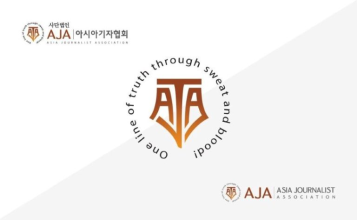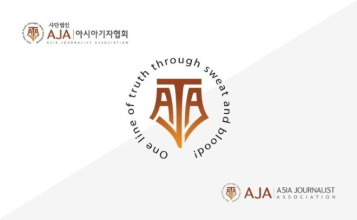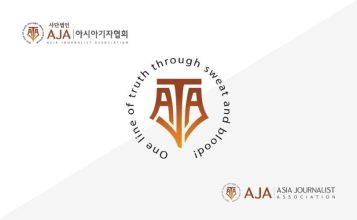AJA Newsbites – September 11, 2025

AJA Newsbites is a curated roundup of major news and developments from across Asia, brought to you by members of Asia Journalist Association (AJA)
Lee Sang-ki, THE AsiaN, Korea
The Lee administration’s first AI talent initiative has primarily focused on attracting overseas researchers. The InnoCore Research Group filled 368 of its 400 positions, with 43% of hires being postdoctoral fellows from abroad. Among them, 77 are foreign nationals, while 84 are Korean researchers returning from overseas institutions.
To combat brain drain, the government offered annual salaries exceeding 90 million won—nearly double the domestic postdoctoral average, which previously stood at just 41% of the MIT benchmark.
However, concerns persist over the lack of domestic talent development and the risk that returning researchers may emigrate again. Experts argue that the real challenge lies in building a sustainable ecosystem in which Korean AI master’s and PhD graduates can establish long-term careers and conduct cutting-edge research.
Chhay Sophal, Cambodia News Online, Cambodia
Cambodia exported over 10 million tons of agricultural products to 84 countries during the first eight months of 2025, marking an increase of more than 35% compared to the same period last year, and generating revenue of approximately US$3.621 billion.
According to a report from the Ministry of Agriculture, the total volume of crop exports reached 10,376,033 tons. Of this, 5,034,361.93 tons were non-rice crops, while 4,848,835.4 tons were paddy and 492,836 tons were milled rice, generating US$392 million in revenue.
The total estimated export value of all crop products exceeded US$3.621 billion. Among this, non-rice crops accounted for over US$2.254 billion, milled rice exports were valued at over US$974 million, and plain milled rice alone brought in more than US$392 million.
Pooneh Nedai, Shokaran Magazine, Iran
A silver statue shaped like a kneeling bull with human features was discovered in Iran and is believed to have been buried around 5,000 years ago during a ritual marking the boundary of a temple. Today, it is housed in the Metropolitan Museum of Art in New York.
Created by the Proto-Elamite culture of ancient Iran, the figure depicts a bull with a human-like body, dressed in elaborately decorated clothing and holding a vessel. Standing 16.3 centimeters tall, the statue is made of nearly pure silver and contains five small limestone pebbles, possibly intended to produce sound from within.
The figure cannot stand on its own, suggesting it was not meant for display but rather for ritual use. Scholars believe it functioned as a “foundation figure”—a ceremonial object intentionally buried during temple construction to bless and protect the sacred site, never meant to be seen again.
Habib Toumi, THE AsiaN, Bahrain
Qatar has strongly condemned what it described as a “cowardly Israeli attack” targeting residential buildings in the Qatari capital, Doha, that housed several members of the Hamas Political Bureau.
“This criminal assault represents a flagrant violation of all international laws and norms, and poses a serious threat to the safety and security of Qatari citizens and residents,” said a spokesperson for the Ministry of Foreign Affairs. He added that Qatar will not tolerate Israel’s “reckless behavior,” the ongoing disruption of regional stability, or any act that undermines its national security and sovereignty.
The Israeli strike, which took place late Tuesday, has also been condemned by the UN Secretary-General and several other countries. The UN Security Council is expected to convene an emergency session to discuss Israel’s latest attacks.
ⓒ THE AsiaN | All rights reserved
This content is copyrighted by THE AsiaN. If you wish to share it, please do so without modifying the original text and always include the source link. Unauthorized editing or sharing without proper attribution may result in legal consequences.



